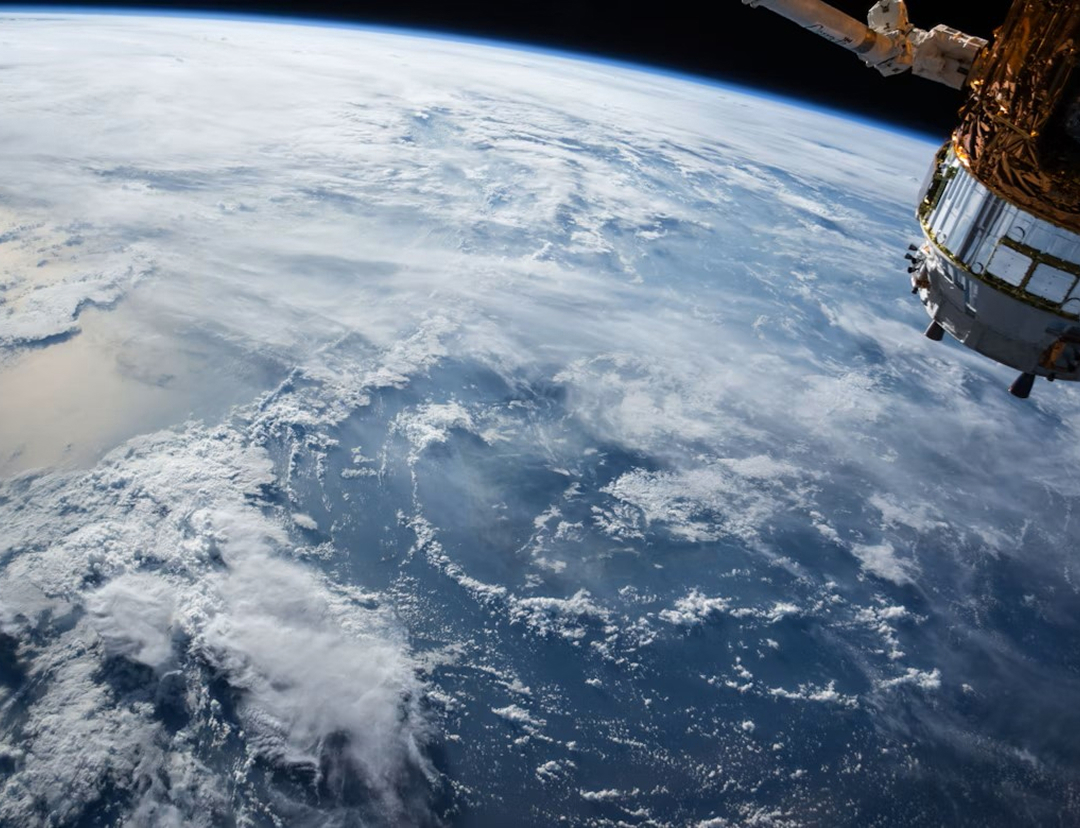NASA's Curiosity rover has identified rocks on Mars that resemble coral formations. The rover captured images of these unique, wind-eroded rocks on July 24, during its 4,609th Martian day. One of the rocks, approximately one inch wide, has been nicknamed "Paposo."
These coral-like rocks are believed to be billions of years old, dating back to a time when liquid water was present on Mars. According to NASA, the water carried dissolved minerals into cracks in the rocks. As the water evaporated, it left behind hardened minerals. Over millions of years, wind erosion has shaped these rocks into their current forms.
In addition to Paposo, the rover also discovered a flower-shaped rock in 2022, which is thought to have formed similarly through mineralizing fluids traveling through the rock.
NASA's Jet Propulsion Laboratory, which oversees the Curiosity mission, noted that the rover has been exploring the Martian surface for 13 years. Curiosity landed on Mars in 2012 after an eight-month journey covering 352 million miles. It was the largest and most advanced rover sent to the planet at that time.
Throughout its mission, Curiosity has traveled approximately 22 miles and has provided significant evidence of past habitable environments on Mars. The rover continues to collect samples and data, contributing to our understanding of the planet's potential to have supported microbial life.

 America News
America News

 ABC News
ABC News LiveNOW from FOX News
LiveNOW from FOX News FOX 10 Phoenix National
FOX 10 Phoenix National The Cut
The Cut The Georgia Sun
The Georgia Sun New York Post
New York Post USA TODAY National
USA TODAY National WISC-TV Channel 3000
WISC-TV Channel 3000 Associated Press Top News
Associated Press Top News